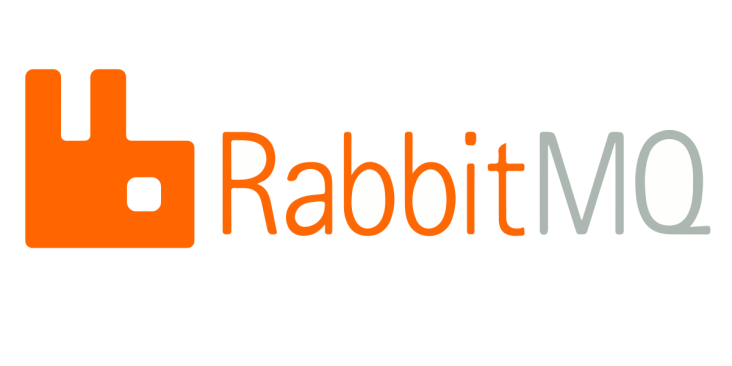What is RabbitMQ?
RabbitMQ is an open-source message broker software that is used to transfer data between systems, applications, and servers. It was first released in 2007 and has since then become one of the most popular message brokers in the market.
How does RabbitMQ work?
RabbitMQ follows the Advanced Message Queuing Protocol (AMQP), which is an open standard protocol for messaging middleware. It uses a message-oriented middleware to transfer data between clients and servers. RabbitMQ can be used to send and receive messages between two applications or to route messages between multiple applications.
Why use RabbitMQ?
RabbitMQ has several advantages that make it a preferred choice for developers and businesses:
- Scalability: RabbitMQ can handle high volumes of messages and can scale horizontally, making it suitable for large-scale applications.
- Reliability: RabbitMQ provides reliable message delivery, even in the event of network failures or server crashes.
- Flexibility: RabbitMQ supports multiple messaging patterns such as point-to-point, publish-subscribe, and request-reply, making it versatile for different use cases.
- Interoperability: RabbitMQ can communicate with different systems and programming languages through its client libraries.
RabbitMQ Architecture
The architecture of RabbitMQ consists of several components that work together to transfer messages between clients and servers. These components include:
- Producer: The producer is responsible for creating and sending messages to the broker.
- Exchange: The exchange receives messages from the producer and routes them to the correct queue based on a set of rules called bindings.
- Queue: The queue stores messages until they are consumed by the consumer.
- Consumer: The consumer is responsible for retrieving messages from the queue and processing them.
Here’s a diagram that illustrates the RabbitMQ architecture:
Getting Started with RabbitMQ
To get started with RabbitMQ, you’ll need to install it on your system or server. RabbitMQ is available for different platforms such as Windows, Linux, and macOS.
Once you’ve installed RabbitMQ, you can start using it by creating a producer and a consumer. Here’s an example of how to create a producer in Python:
import pika
connection = pika.BlockingConnection(pika.ConnectionParameters('localhost'))
channel = connection.channel()
channel.queue_declare(queue='hello')
channel.basic_publish(exchange='', routing_key='hello', body='Hello World!')
print(" [x] Sent 'Hello World!'")
connection.close()
And here’s an example of how to create a consumer in Python:
import pika
connection = pika.BlockingConnection(pika.ConnectionParameters('localhost'))
channel = connection.channel()
channel.queue_declare(queue='hello')
def callback(ch, method, properties, body):
print(" [x] Received %r" % body)
channel.basic_consume(queue='hello', on_message_callback=callback, auto_ack=True)
print(' [*] Waiting for messages. To exit press CTRL+C')
channel.start_consuming()
Conclusion
In conclusion, RabbitMQ is a powerful and reliable open-source message broker software that provides developers and businesses with a flexible and scalable solution for transferring data between systems, applications, and servers. Its support for multiple messaging patterns, interoperability with different systems and programming languages, and adherence to the Advanced Message Queuing Protocol (AMQP) make it a preferred choice for various use cases. The RabbitMQ architecture consists of several components that work together to ensure message delivery, including producers, exchanges, queues, and consumers. With its ease of use and rich set of features, RabbitMQ is an excellent choice for developers looking to build distributed and decoupled systems.


